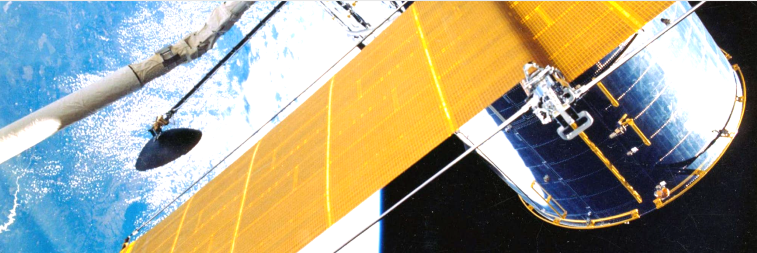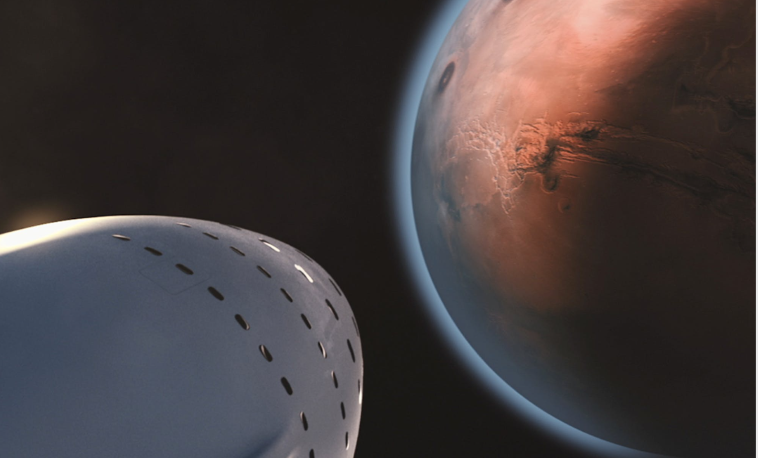Part 3: More questions answered about the notorious Webb telescope

Looking at its strange shape, some people think that James Webb will be able to move the primary mirror to focus on the area of the sky that it wants. But is that realistic? Well folks, to put it bluntly – not really, no.
How will the telescope be directed?
JWST will target its targets like Hubble and other space telescopes – by moving the entire aircraft.
Introducing moving parts into such a complex project would simply be technological suicide. To move, JWST, also like Hubble, will use reaction wheels that will use information about the orientation of the telescope received by the solar, stellar and gyroscopic sensors it carries.
Of course, the telescope will not be able to point to any point in the sky whenever we want. However, as the telescope rotates around the Sun, it will be able to cover the entire sky. In addition, there will be two areas that we will be able to observe continuously if we wish, both located near the poles of the ecliptic.
Wallpaper by marivel on Wallpapers.com
On the other hand, these restrictions prevent James Webb from pointing towards the Sun – or Earth, of course – so it won’t be able to observe Mercury or Venus.
Will it be repairable?
That’s the million-dollar question or rather ten billion dollars to be exact.
Unlike Hubble, which was designed from the start to be able to be repaired and upgraded in low orbit by the space shuttle crew, James Webb does not have that capability nor does it have any keying systems even if one were to get to it.
Obviously, in the event that something goes wrong – perhaps an unmanned mission could be considered to solve the problem, depending on the nature of it. But the important thing is that there is currently no possibility to repair the James Webb if necessary.
So, we just hope it can complete its five-year primary science mission and then extend the 10.5 years predicted based on its fuel reserves.
On the other hand, Thomas Zurbuchen, NASA’s associate director for science, said that he will try to encourage the development of a robotic mission that will be able to replenish JWST’s fuel reserves and extend its operational life indefinitely.
Can the Hubble scenario be repeated?
When it was launched in 1990, the orbiting telescope Hubble duly embarrassed NASA when it was discovered that the primary mirror had a spherical aberration that prevented it from achieving the long-awaited resolution.

The 18 James Webb hexagonal mirrors have been calibrated ad nauseam to check that they do not have any defects, but even if they do, the primary mirror is equipped with an advanced active optical system that will continuously correct the position of the mirror so that the wavefront is not distorted.
Therefore, no, at least from that side we can be sure that JWST will not be the new Hubble.
Any successors in sight?
Thinking about the next thing ahead is just human nature. But answering the above question, no info about a successor has yet been announced, sadly.
Well, while nothing is certain yet, space telescopes are complex and expensive projects that take a long time to develop, so it’s better to plan now. The next big space telescope will be ‘Nancy Grace Roman’ (formerly WHIRST), a telescope with a 2.4 meter diameter primary mirror.
Recently, the scientific community in the United States recommended to NASA that the successor to Hubble and James Webb should be a space telescope with a mirror of at least 6 meters, like JWST, but capable of observing in the ultraviolet and visible spectrum and that, in addition, can study exoplanets as one of its priorities.
We’ll keep you posted when new info comes up, so until then – stay curious!

